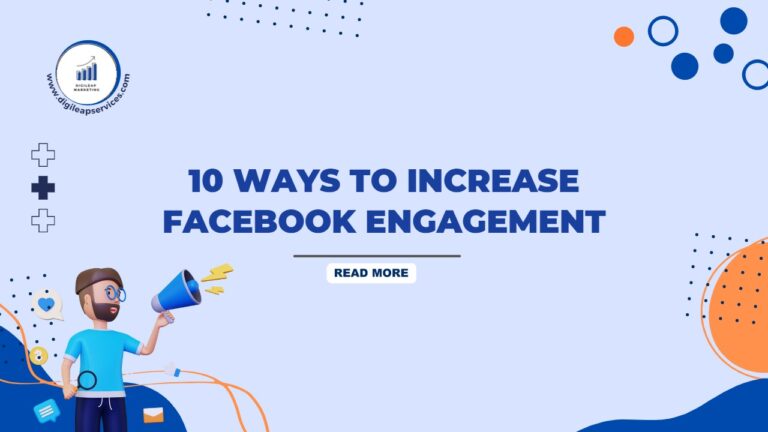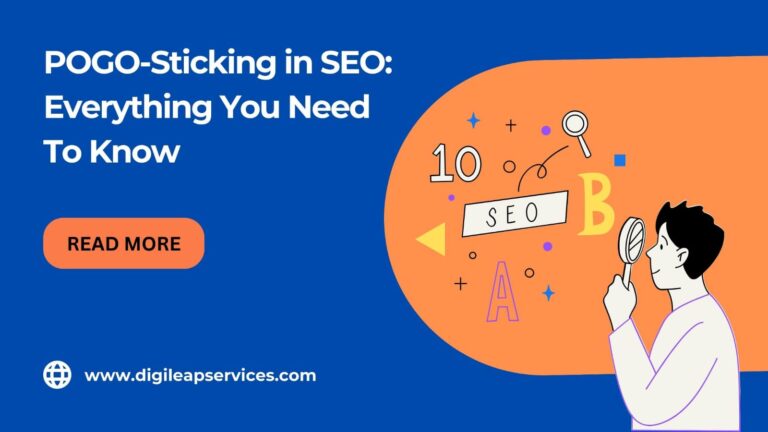Social Media Analytics: Measuring Success and Optimizing ROI
Social media’s Return on investment (ROI) is a metric used to measure the success of social media advertising campaigns taking into account the total amount of time, money, and effort spent on them.
Return on investment is used to measure business goal efficiency and how effectively it is going on. The ratio of an investment’s profit or benefit to its cost is known as the return on investment (ROI).
How to Optimize Return on Investment?
By Implementing the following ways, you can maximize the return on investment of your social media:
1. Make Goals to Reach
Create the goals that you want from your social media outcome. For example here are two cases. What should you do to increase brand awareness if your business is fresh new? If that’s the case, you may set a goal to increase the number of followers on your page or to reach a certain number of impressions or engagements. If, on the other hand, you’re looking to increase website traffic, leads, or sales in order to get rid of outdated products, your goal may be to increase conversions and leads. A defined set of objectives will affect your usage of analytics tools, audience targeting, and content creation. Implement the term SMART to help you in keeping track of how to create successful goals. The characteristics of a SMART include being specific, measurable, achievable, relevant, and time-bound.
2. Identify Your Target Market
Know the age, gender, interests, and behaviors of your audience as well as their demographics. You are able to customize your marketing and content based on their choices. Utilize social media analytics tools to learn more about your community, including the types of material they prefer. The best way to identify your target market is to conduct market research, look at your competition, develop buyer profiles, and evaluate your current client base.
3. Improve Your Graphic Materials
When sharing on social media, your graphic content is essential. Given that it would be the first thing that visitors will see, it must be visually appealing. Ensure the quality of your images and videos because they will represent your professional brand identification. Your visual content is crucial when posting on social media. It must be visually appealing since it will be the first thing visitors would see. Make sure your photos and videos are of high quality because they will serve as a part of your established brand identity.
4. Improve Your UX and CTA Designs
UX designers are trained to create user-friendly, effective designs that increase interaction and conversions. Their skills could be exactly what your company needs to increase the return on its social media analytics and investment. You may improve all of your marketing materials, including the use of CTAs, by adopting a data-driven plan from a UX designer.
5. Be Consistent
Consistency is necessary for increasing engagement and spreading your influence on social media platforms. Aim to publish frequently and at the most appropriate times for your target audience while keeping this in mind. Keep in mind that your design choices must also be consistent. If these are mixed up, people will forget about your business.
6. Communicate With Your Viewers
As soon as you can, respond to reviews, comments, and messages to show your audience that you appreciate their opinions. To encourage participation and involvement in your images, you may even use Instagram polls and competitions. A great way to promote social evidence and value audience engagement is to share user-generated content.
7. Utilize Paid Marketing
Increase the return on investment (ROI) of your social media analytics and marketing efforts by using paid advertising. You can come in touch with a lot of individuals and the right audience for your products using targeting techniques. This in turn may increase website traffic and conversion rates. Many forms of paid advertising allow you to set a budget and only pay for views or exposure that your campaign receives. As a result, it can be very economical and help you stay on budget, preventing a decline in your ROI.
8. Test Various Content Formats
You may learn more about your target audience’s preferred forms of engagement by experimenting with a variety of content types, including images, text-based postings, videos, blogs, maps, podcasts, stories, live broadcasts, and surveys. Additionally, variety helps make your content interesting and, as a result, keeps consumers interested. Additionally, using a range of content forms might help you connect with a wider audience that you might not have connected with using a more basic publishing strategy.
Use these strategies and tips to measure and analyze your return on investment on social media. Contact Digileap Marketing Services to improve your digital marketing strategy. Subscribe to our Newsletter so you would get an update every time we post new content.












